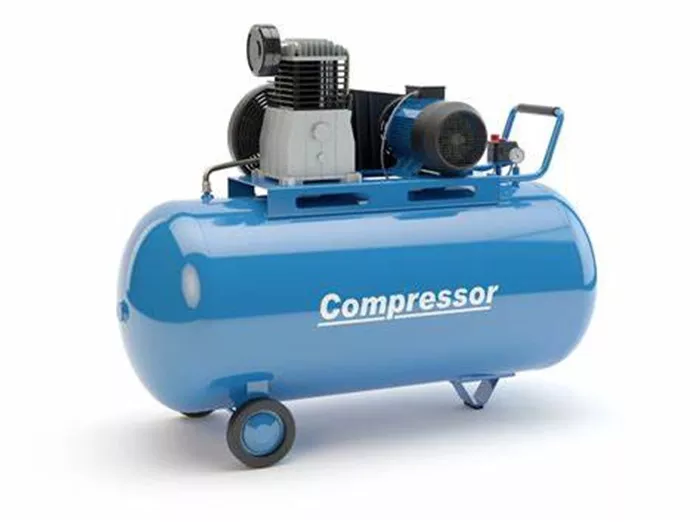Hospitals are critical infrastructures that require uninterrupted power to ensure the safety and well-being of patients, staff, and visitors. Power outages can have catastrophic consequences in healthcare settings, disrupting life-saving medical equipment, lighting, climate control systems, and other essential operations. To mitigate these risks, hospitals rely on backup generators that can provide emergency power during outages. But how big are hospital generators, and what factors determine their size and capacity? This article explores the dimensions, power output, and key considerations behind hospital generator systems.
The Importance of Hospital Generators
Hospital generators are a vital component of a facility’s emergency preparedness plan. They ensure continuity of care by providing backup power to critical systems, including:
Medical equipment: Ventilators, MRI machines, dialysis machines, and surgical tools.
Life support systems: Intensive care units (ICUs) and operating rooms.
Lighting and communication systems: Emergency lighting, alarms, and communication networks.
Climate control: Heating, ventilation, and air conditioning (HVAC) systems to maintain a safe and comfortable environment.
Refrigeration: Storage for medications, vaccines, and biological samples.
Given the life-or-death nature of these systems, hospital generators must be highly reliable, capable of starting automatically during outages, and able to sustain power for extended periods.
How Big Are Hospital Generators?
The size of a hospital generator depends on several factors, including the facility’s size, power requirements, and the specific systems that need backup power. Hospital generators can range from relatively small units to massive systems that occupy entire rooms or outdoor spaces. Below, we break down the key aspects of their size:
1. Physical Dimensions
Hospital generators are significantly larger than residential or commercial generators due to their high power output and complex infrastructure. Their physical size can vary widely:
Smaller Units: Smaller hospitals or clinics may use generators that are comparable in size to large industrial generators, measuring around 10 to 20 feet in length, 5 to 8 feet in width, and 6 to 10 feet in height.
Larger Units: Large hospitals or medical centers often require generators that are the size of a small building. These units can measure 20 to 40 feet in length, 8 to 12 feet in width, and 10 to 15 feet in height. Some systems are housed in custom-built enclosures or dedicated generator rooms.
2. Power Output
The power output of hospital generators is measured in kilowatts (kW) or megawatts (MW) and is a primary factor in determining their size. Hospital generators are designed to meet the facility’s total power demand during an outage, which can be substantial.
Small Hospitals: Smaller hospitals may require generators with a capacity of 200 kW to 1 MW, depending on the number of beds and the complexity of their operations.
Large Hospitals: Larger hospitals, especially those with advanced medical equipment and multiple departments, may need generators with a capacity of 2 MW to 5 MW or more. For example, a 500-bed hospital might require a 3 MW generator to power all critical systems.
3. Fuel Capacity
Hospital generators typically run on diesel fuel due to its reliability and energy density. The size of the generator’s fuel tank is directly related to its runtime and power output. Larger generators require larger fuel tanks to ensure they can operate for extended periods without refueling.
Fuel Tanks: Hospital generator fuel tanks can range from 500 gallons for smaller units to 10,000 gallons or more for larger systems. Some hospitals have underground fuel storage tanks to support their generators for days or even weeks.
4. Installation Space
The installation of hospital generators requires careful planning to accommodate their size and ensure proper ventilation, noise reduction, and accessibility for maintenance. Generators are often installed in one of the following locations:
Outdoor Enclosures: Many hospitals place generators in weatherproof enclosures outside the building. These enclosures are designed to protect the generator from the elements while minimizing noise.
Dedicated Generator Rooms: Larger hospitals may have indoor generator rooms with reinforced floors, soundproofing, and exhaust systems to manage heat and emissions.
Factors Influencing Generator Size
Several factors determine the size and capacity of a hospital generator:
Facility Size: The number of beds, departments, and square footage of the hospital directly impacts power requirements.
Critical Load: Hospitals must calculate the total power needed for critical systems, including medical equipment, lighting, and HVAC.
Redundancy: Many hospitals install multiple generators to provide redundancy in case one unit fails.
Local Regulations: Building codes and healthcare regulations often dictate the minimum requirements for backup power systems.
Future Expansion: Hospitals may choose larger generators to accommodate future growth or increased power demands.
Conclusion
Hospital generators are among the largest and most powerful backup power systems in the world, reflecting the critical nature of their role in healthcare. Their size and capacity are tailored to meet the unique needs of each facility, ensuring that life-saving equipment and systems remain operational during power outages. From compact units for small clinics to massive systems for large medical centers, hospital generators are a testament to the importance of reliable power in healthcare. By investing in appropriately sized and well-maintained generators, hospitals can safeguard patient care and maintain their operations in the face of unforeseen emergencies.

